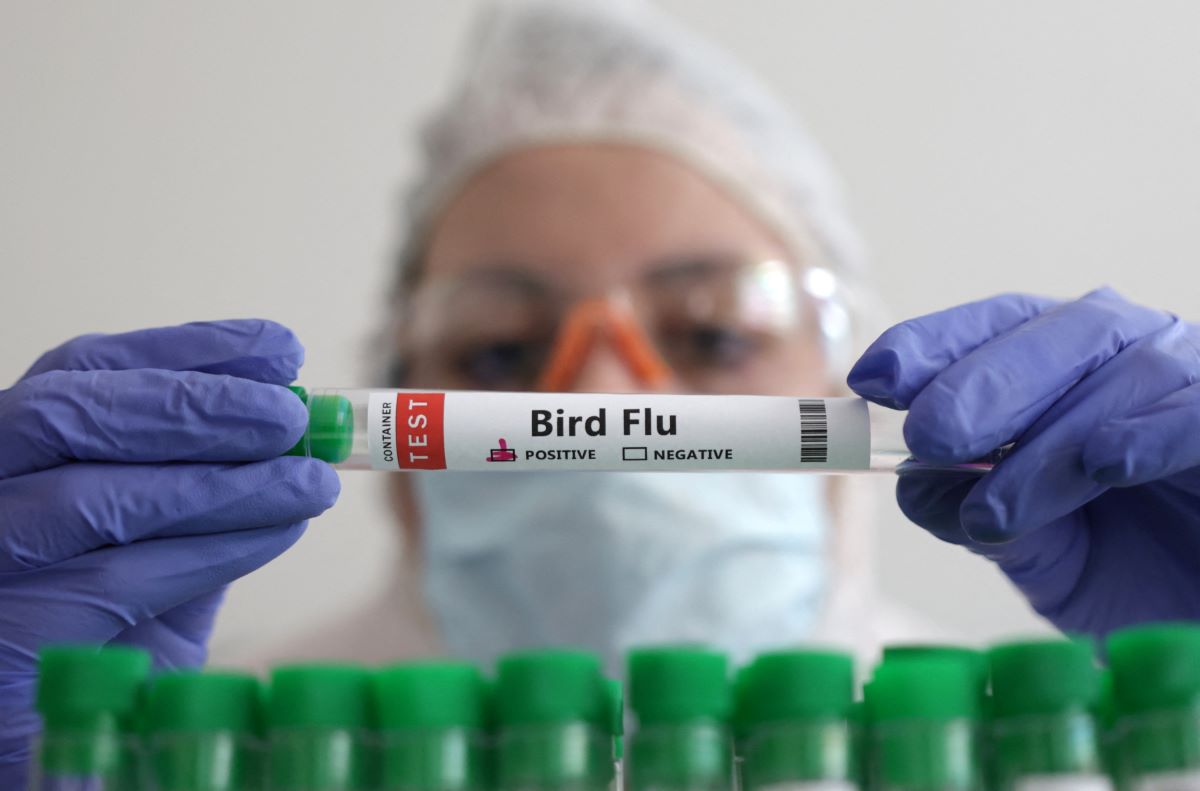Another individual in the United States has contracted bird flu, but this time, health officials are puzzled as to how the highly pathogenic avian influenza virus (HPAIV) was transmitted.
Fortunately, the patient has recovered, yet they mark the 14th case of bird flu in the US this year.
This case stands out because, unlike previous infections, the patient had “no immediate known animal exposure,” according to the Centers for Disease Control and Prevention (CDC).
Earlier cases were all linked to workers who became infected after contact with sick animals on poultry or dairy farms. However, this new case presents a mystery that the CDC is working urgently to solve.
On August 22, the adult patient tested positive for the avian flu virus in a hospital in Missouri, a state where only poultry and wild birds had previously tested positive for the H5N1 strain of the virus.
Initially, the patient was diagnosed with influenza A, but the strain didn’t match any known human subtype.
Further tests confirmed that the patient had somehow contracted the avian influenza virus, which has been spreading among wild and domesticated birds and mammals across the US, as well as in regions of Europe, South America, Africa, Asia, and even Antarctica.
Although this person had no known interaction with animals, it’s possible they may have unknowingly been exposed to an infected animal.

The CDC is now sequencing the viral genome from this latest human case in hopes of determining where the pathogen originated and how it might have adapted to infect mammals like humans.
Despite this, there has been no transmission of the virus from the patient in Missouri to any close contacts, and there remains no documented case of human-to-human transmission. The CDC continues to assess the public health risk of avian flu as “low.”
“The risk of sustained transmission or infection among the general public remains low,” confirmed the Missouri Department of Health and Senior Services.
However, the fact that this patient required hospitalization is a cause for concern. It’s unclear if their severe symptoms were directly related to the avian virus or if they were complicated by pre-existing health conditions.
In an interview in July, Nirav Shah, Deputy Director of the CDC, explained that his team is closely monitoring the severity of avian flu in humans.
Increased severity could signal a concerning mutation in the virus, which may pose a greater public health risk.
“If we were to see individuals with no connection to a farm whatsoever, or chicken exposure, developing signs and symptoms—that would be greatly concerning,” Shah said during the interview.
This latest case in Missouri is the first to be detected through the nation’s flu surveillance system, which flags unusual influenza strains for further testing.
